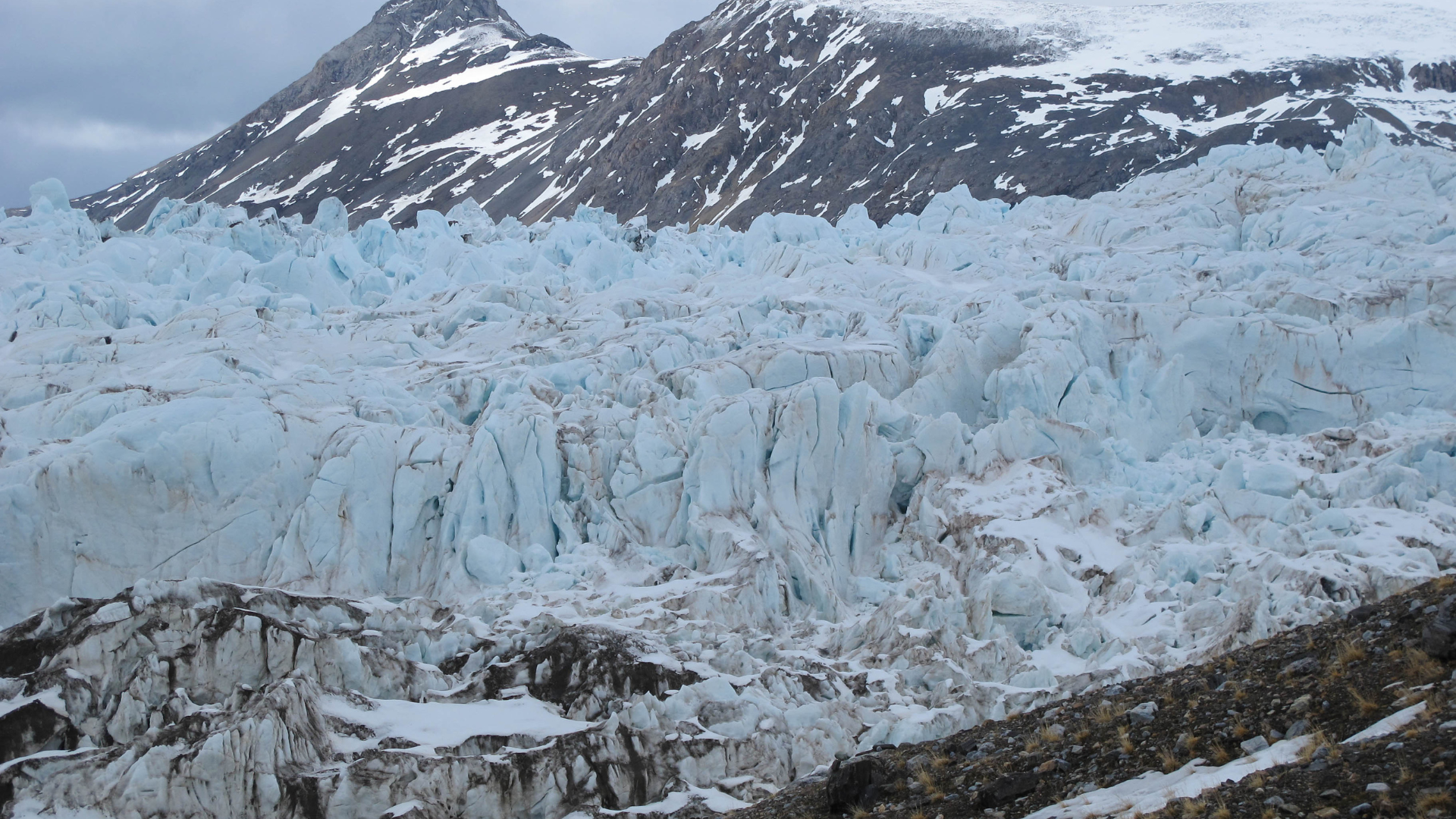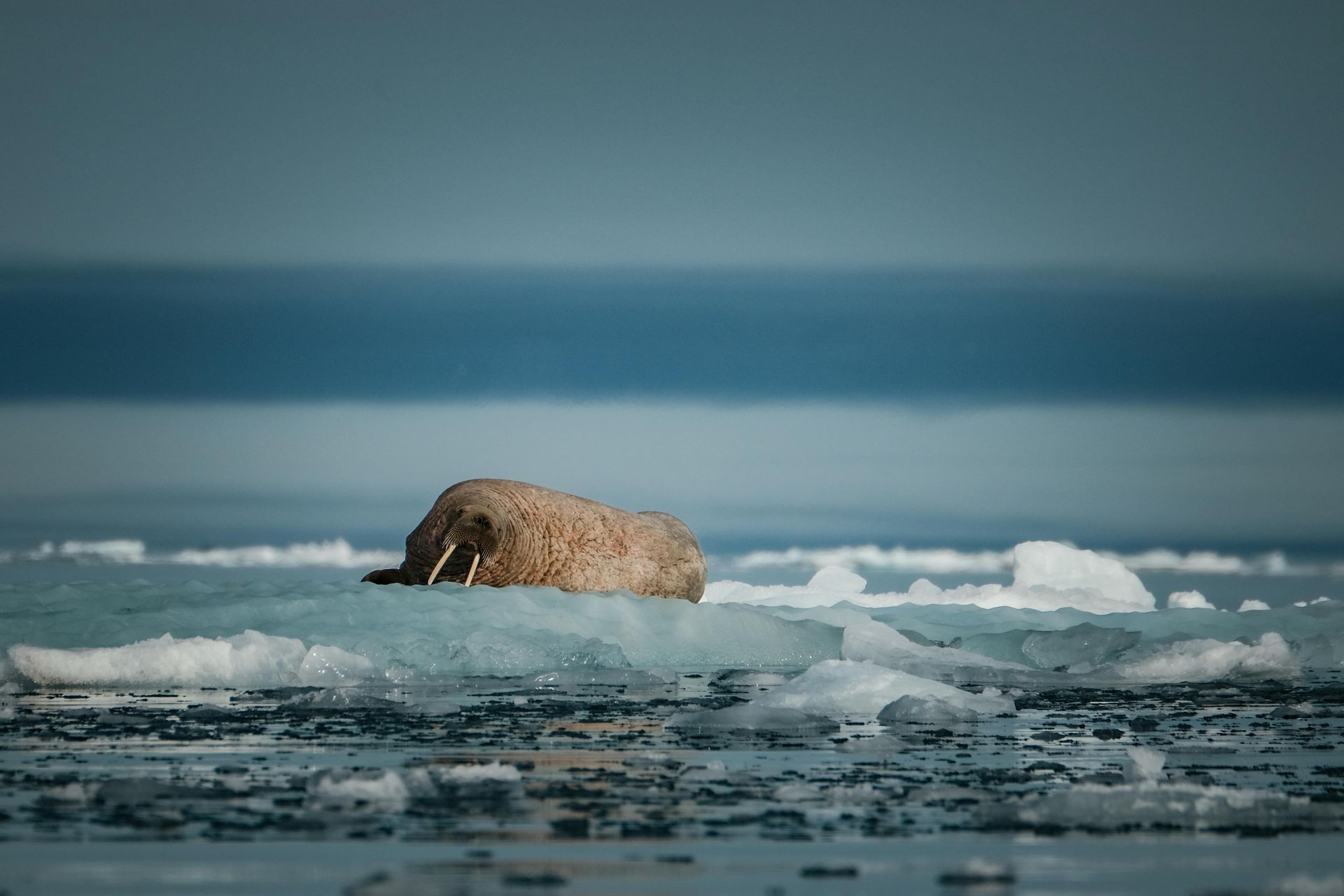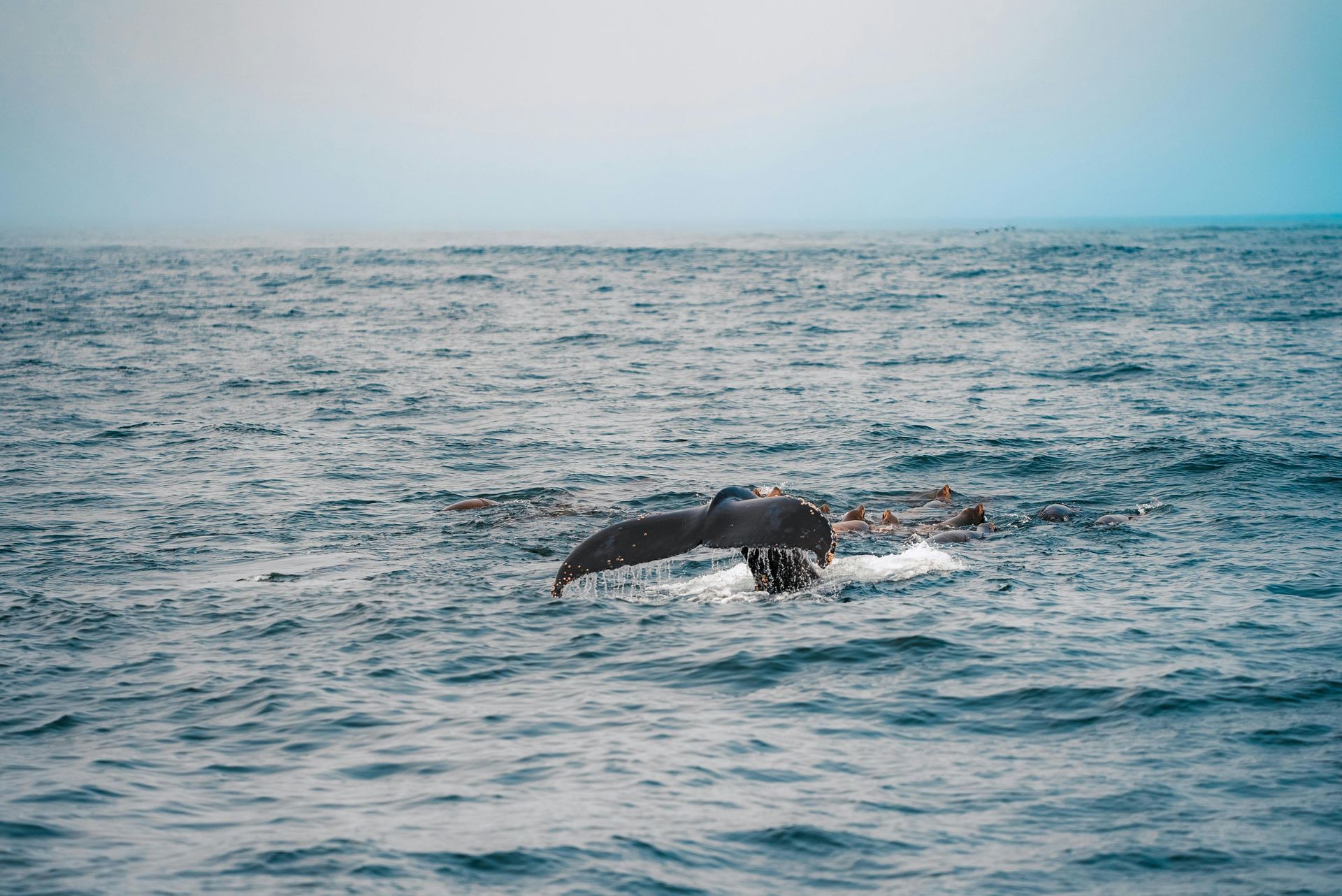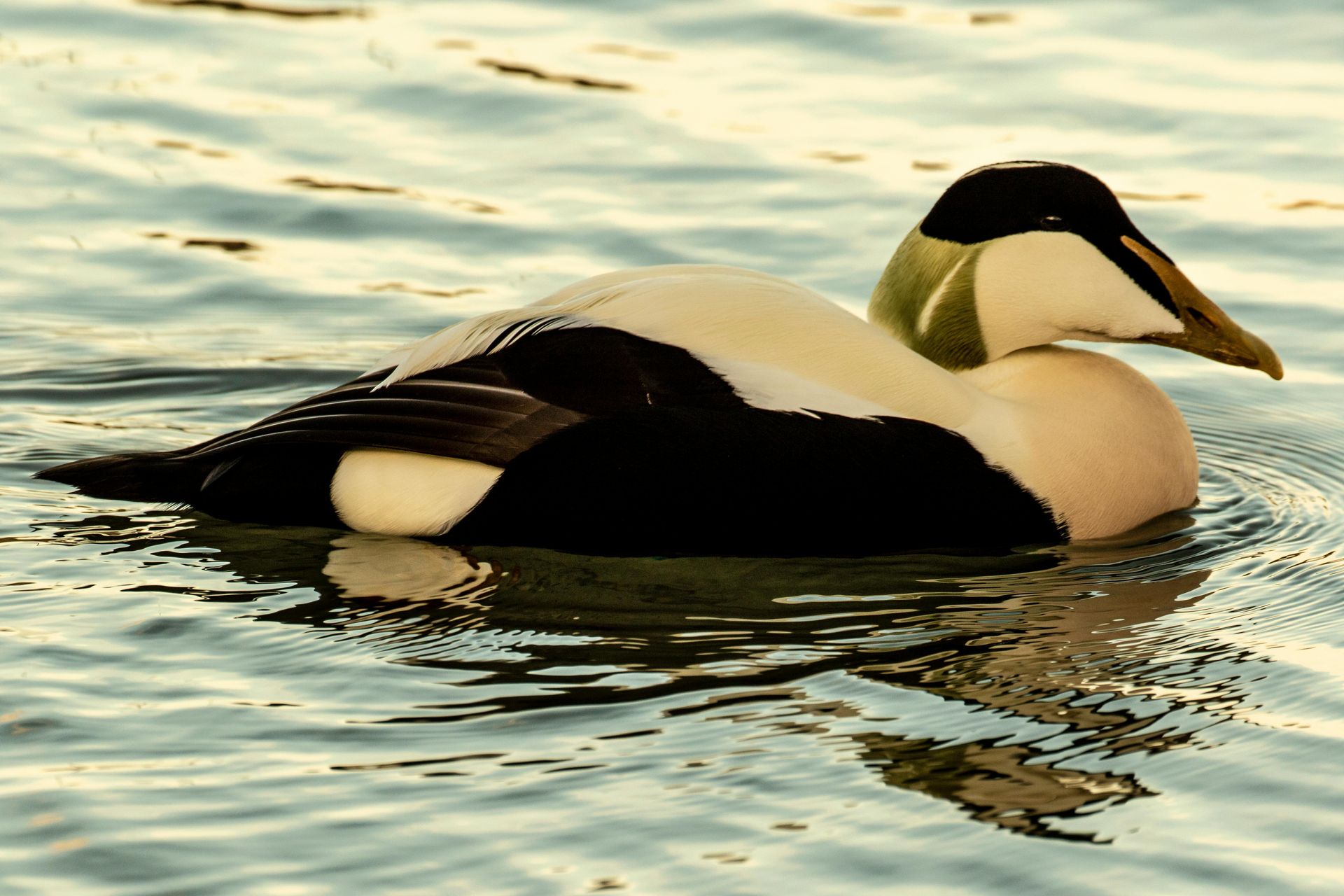Svalbard History Facts in December
Svalbard History Facts in December

December in Svalbard is characterized by the deep Polar Night, where darkness envelops the archipelago 24 hours a day. This perpetual night sets the stage for exploring the rich history of Svalbard, a place where human endurance and ingenuity have been tested over centuries. The archipelago’s history is a tapestry of exploration, industrial endeavors, scientific discovery, and international cooperation, each thread woven into the Arctic landscape.
The discovery of Svalbard is often credited to the Dutch explorer Willem Barentsz, who sighted the islands in 1596 while searching for a northern sea route to Asia. This event marked the beginning of European interest in the Arctic and opened the door to further exploration. The early maps produced by Barentsz and his contemporaries provide a glimpse into the evolving understanding of the Arctic regions, highlighting the allure and mystery that Svalbard held for early explorers.
The 17th century saw the rise of the whaling industry in Svalbard, with Dutch and English whalers establishing seasonal stations on the islands. These whaling stations were the hubs of a booming industry focused on harvesting the blubber of bowhead whales, which was processed into valuable oil. The remnants of these stations, scattered along the coasts of Spitsbergen and other islands, offer a stark reminder of the harsh conditions and relentless pursuit of resources that characterized this era. The whaling industry’s legacy is a testament to human enterprise and the impacts of early industrial activities in the Arctic.
As whaling declined, the late 19th and early 20th centuries ushered in the era of coal mining. Svalbard’s rich coal deposits attracted mining companies from various countries, leading to the establishment of numerous settlements. Longyearbyen, founded by the American industrialist John Munro Longyear in 1906, quickly grew into the largest town and the administrative center of Svalbard. The town’s development was driven by the coal industry, with much of its infrastructure and architecture reflecting its mining heritage. The story of Longyearbyen is emblematic of the broader narrative of industrialization and international interest in Svalbard’s natural resources.
Barentsburg, another significant mining town, has a distinctly Russian flavor. Acquired by the Soviet Union in 1932, Barentsburg’s development was shaped by Soviet ideology and aesthetics. The town’s Soviet-era architecture, complete with statues of Lenin and Cyrillic signage, stands as a living monument to its past. Barentsburg remains an active mining settlement, operated by the Russian company Arktikugol, and offers a unique cultural experience for visitors interested in the Soviet legacy in the Arctic.
World War II brought a new dimension to Svalbard’s history, highlighting its strategic importance. The archipelago became a focal point for military operations, including the Allied mission Operation Fritham, aimed at disrupting German activities and securing weather stations. The war left an indelible mark on Svalbard, with several settlements being evacuated and others damaged by military action. The remnants of wartime installations and equipment can still be found, serving as historical landmarks that tell the story of Svalbard’s role in global conflicts.
The signing of the Svalbard Treaty in 1920 was a pivotal moment in the archipelago’s history. The treaty granted Norway sovereignty over Svalbard but allowed signatory nations equal rights to engage in commercial activities. This unique arrangement fostered a multinational presence in Svalbard and established the archipelago as a demilitarized zone. The treaty’s framework has been crucial in maintaining peace and facilitating international cooperation in the region, setting a precedent for how nations can collaboratively manage shared spaces.
Scientific research has become a cornerstone of Svalbard’s identity, particularly in the latter half of the 20th century and into the 21st century. The archipelago’s unique Arctic environment makes it an ideal location for studying climate change, glaciology, and Arctic ecosystems. Institutions such as the University Centre in Svalbard (UNIS) and the Svalbard Global Seed Vault highlight the region’s importance as a hub for scientific research and international collaboration. Researchers from around the world are drawn to Svalbard to conduct studies that are critical to understanding global environmental changes.
December’s darkness in Svalbard offers a unique opportunity to explore the archipelago’s history. The lack of daylight and the serene, snowy landscape provide a contemplative backdrop for reflecting on the past. Visitors can explore historical sites, from the remnants of whaling stations to the mining towns of Longyearbyen and Barentsburg, and gain a deeper appreciation for the resilience and determination of those who have lived and worked in Svalbard. The stories of exploration, industry, and scientific discovery are woven into the fabric of the land, creating a rich and enduring narrative that continues to unfold with each passing year.












